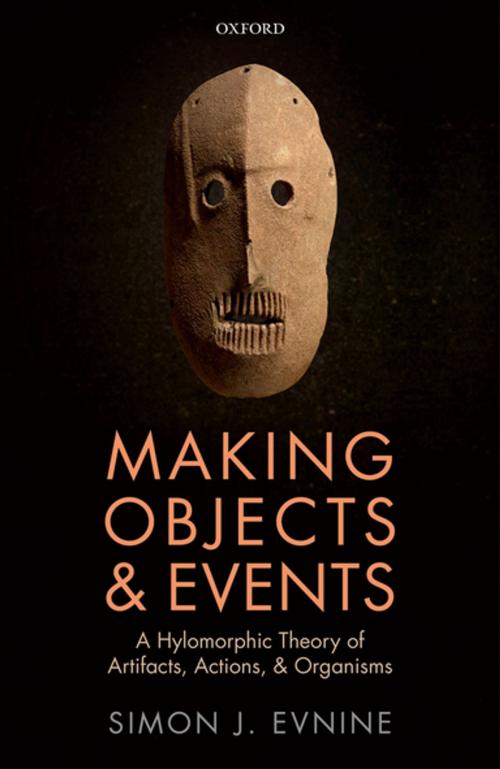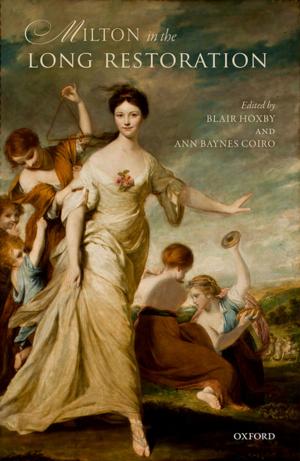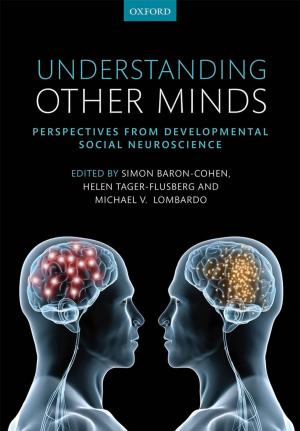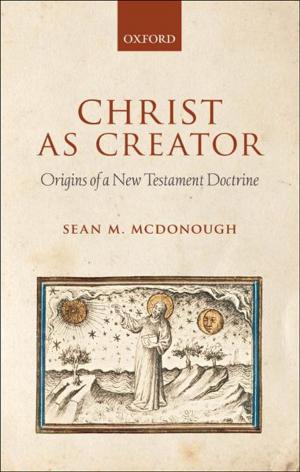Making Objects and Events
A Hylomorphic Theory of Artifacts, Actions, and Organisms
Nonfiction, Religion & Spirituality, Philosophy, Metaphysics| Author: | Simon J. Evnine | ISBN: | 9780191085253 |
| Publisher: | OUP Oxford | Publication: | July 7, 2016 |
| Imprint: | OUP Oxford | Language: | English |
| Author: | Simon J. Evnine |
| ISBN: | 9780191085253 |
| Publisher: | OUP Oxford |
| Publication: | July 7, 2016 |
| Imprint: | OUP Oxford |
| Language: | English |
Simon J. Evnine explores the view (which he calls amorphic hylomorphism) that some objects have matter from which they are distinct but that this distinctness is not due to the existence of anything like a form. He draws on Aristotle's insight that such objects must be understood in terms of an account that links what they are essentially with how they come to exist and what their functions are (the coincidence of formal, final, and efficient causes). Artifacts are the most prominent kind of objects where these three features coincide, and Evnine develops a detailed account of the existence and identity conditions of artifacts, and the origins of their functions, in terms of how they come into existence. This process is, in general terms, that they are made out of their initial matter by an agent acting with the intention to make an object of the given kind. Evnine extends the account to organisms, where evolution accomplishes what is effected by intentional making in the case of artifacts, and to actions, which are seen as artifactual events.
Simon J. Evnine explores the view (which he calls amorphic hylomorphism) that some objects have matter from which they are distinct but that this distinctness is not due to the existence of anything like a form. He draws on Aristotle's insight that such objects must be understood in terms of an account that links what they are essentially with how they come to exist and what their functions are (the coincidence of formal, final, and efficient causes). Artifacts are the most prominent kind of objects where these three features coincide, and Evnine develops a detailed account of the existence and identity conditions of artifacts, and the origins of their functions, in terms of how they come into existence. This process is, in general terms, that they are made out of their initial matter by an agent acting with the intention to make an object of the given kind. Evnine extends the account to organisms, where evolution accomplishes what is effected by intentional making in the case of artifacts, and to actions, which are seen as artifactual events.















